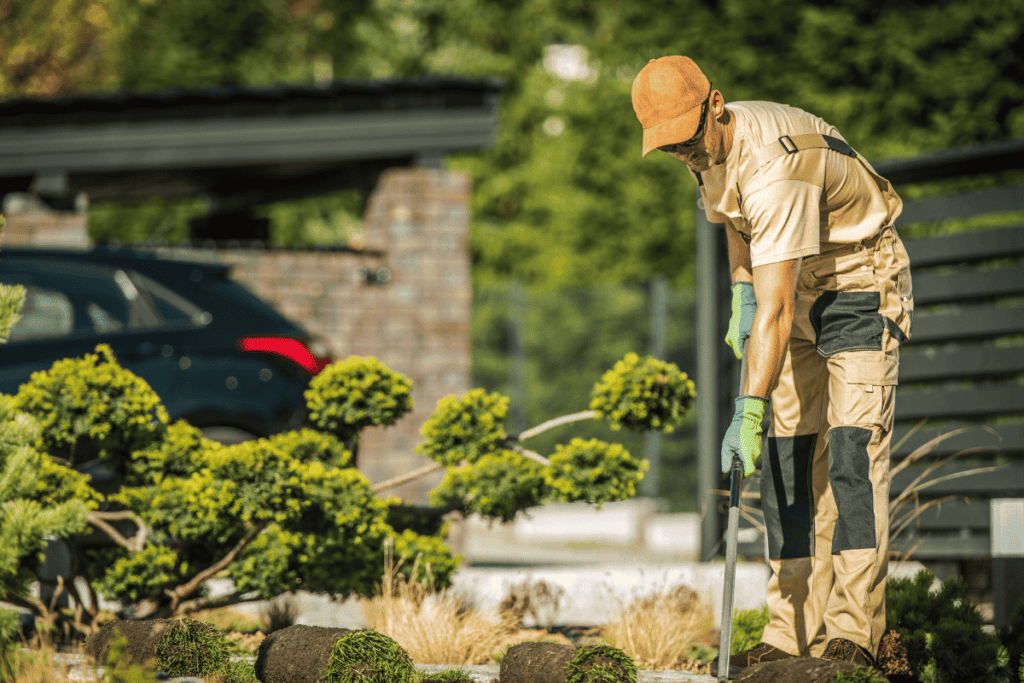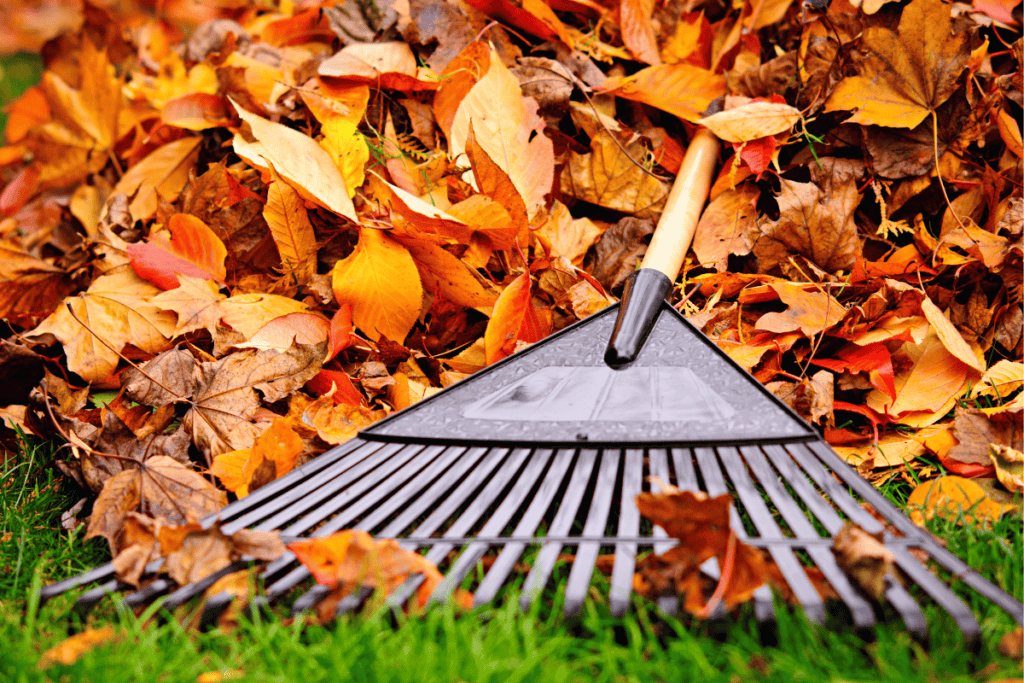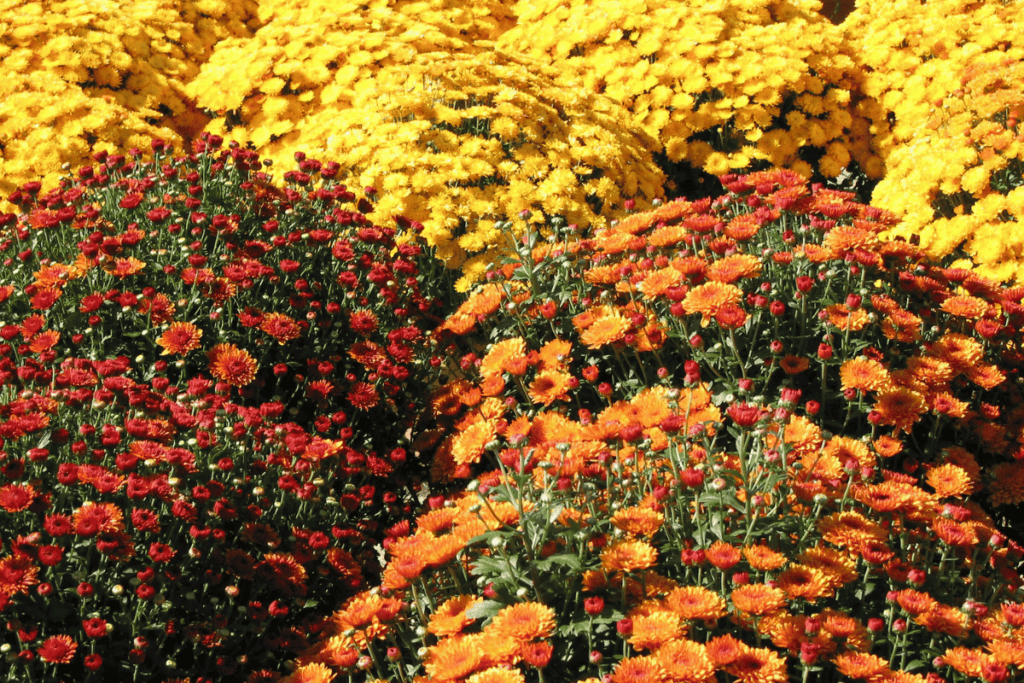Introduction
As the leaves change colors and the air turns crisp, it’s time to shift our focus to fall gardening. Many think of spring as the prime planting season, but autumn offers unique opportunities for a bountiful harvest. In this guide, Fall Gardening Tips for a Bountiful Harvest we’ll explore practical tips and tricks to make the most out of your fall garden.
Embracing the Fall Palette

Fall is a season of vibrant hues, and your garden can reflect this beautiful palette. Choose plants and flowers that thrive in cooler temperatures, like mums, pansies, and ornamental kale. These not only add visual appeal but also withstand the changing weather gracefully.
Selecting the Right Plants
Not all plants are suited for fall, so it’s crucial to choose wisely. Opt for cold-tolerant varieties such as broccoli, Brussels sprouts, and spinach. These not only withstand the autumn chill but also enhance the flavor after a light frost.
Timing Is Everything
Timing is key in fall gardening. Start planting in late summer to allow the roots to be established before the first frost. Consult a local planting calendar to determine the best time for your specific region.
Soil Preparation
Preparing your soil is like laying the groundwork for a successful harvest. Invest time in nourishing the earth to ensure your plants get the nutrients they need.
Mulching for Warmth
Mulch isn’t just for summer. In fall, it acts as a thermal blanket, preserving soil warmth and protecting roots from sudden temperature drops. Opt for organic mulch to enhance soil fertility.
Composting for Nutrient Boost
Amp up your soil’s nutrient content with compost. As summer plants fade away, add compost to replenish the soil and provide a nutrient-rich environment for fall crops.
Watering Wisely
Fall brings cooler temperatures, but that doesn’t mean your plants need less water. Proper watering is critical to a successful fall garden.
Adjusting Watering Schedule
As temperatures drop, adjust your watering schedule. Less frequent, deep watering is more effective than frequent shallow watering. This encourages plants to develop deep, robust root systems.
Monitoring Moisture Levels
Invest in a moisture meter to accurately gauge your soil’s moisture levels. Overwatering is as detrimental as underwatering, so strike the right balance to keep your plants thriving.
Pest Management

While pests may dwindle in fall, they can still pose a threat. Vigilance is key to protecting your garden.
Inspecting Regularly
Regularly inspect your plants for any signs of pests. Early detection allows for prompt intervention, preventing infestations that could harm your fall crops.
Natural Pest Deterrents
Embrace natural pest deterrents, like companion planting. Marigolds, for instance, repel nematodes, protecting the roots of neighboring plants.
Maximizing Space
Space is a valuable commodity in any garden, and fall is no exception. Make the most of your available area for a truly abundant harvest.
Vertical Gardening
Consider vertical gardening to optimize space. Grow vining crops like beans or cucumbers on trellises, freeing up valuable ground space for other vegetables.
Succession Planting
As you harvest summer crops, immediately replant the space with quick-growing fall vegetables. This continuous cycle ensures a steady supply of fresh produce.
Harvesting and Storage
Knowing when and how to harvest is crucial for the quality of your vegetables. Develop a strategy to maximize your yield.
Harvesting at the Right Time
Each vegetable has an optimal harvesting time. Consult seed packets or gardening guides to ensure you pick your crops at peak ripeness.
Proper Storage Techniques
Investigate proper storage techniques for each crop. Some vegetables thrive in cool, dark environments, while others prefer refrigeration. Knowing the nuances will prolong the freshness of your harvest.
Conclusion Fall Gardening Tips for a Bountiful Harvest

As autumn settles in, your fall garden can be a source of pride and nourishment. By carefully selecting plants, preparing the soil, managing pests, maximizing space, and mastering harvesting, you set the stage for a bountiful harvest. Embrace the unique opportunities fall provides for a garden that flourishes even as the temperatures drop.
Frequently Asked Questions (FAQs)
Can I start a fall garden if I didn’t plant in late summer?
While late summer is ideal, you can still start a fall garden in early fall. Choose fast-growing varieties for a successful late-season harvest.
Can I start a fall garden if I didn’t plant in late summer?
While late summer is ideal, you can still start a fall garden in early fall. Choose fast-growing varieties for a successful late-season harvest.
Do I need to water my fall garden as frequently as in summer?
Adjust your watering schedule to the cooler temperatures. Less frequent, deep watering is generally more effective in the fall.
Are there specific pests to watch out for in the fall?
While some pests may decrease, others become more active. Keep an eye out for aphids, cabbage worms, and slugs during the fall season.
What are the best vegetables to grow in the fall?
Opt for cold-tolerant vegetables like kale, spinach, carrots, beets, and radishes for a successful fall garden.
How can I extend the growing season in the fall?
Use row covers or cold frames to protect your plants from early frosts, extending the growing season and allowing for a more extended harvest.
Latest Posts
- What Types of Lettuces Can You Grow?

- How to Plant Onion Seeds for Maximum Germination

- How to Plant Parsnip Seeds for Maximum Germination

- How to Plant Mushroom Seeds for Maximum Germination

- How to Plant Lettuce Seeds for Maximum Germination

- How to Plant Kale Seeds: A Step-by-Step Guide to Maximum Germination Success!

Additional Information
https://agwaycapecod.com/fall-garden-tips
https://www.sproutboxgarden.com/blogs/guides/fall-gardening-tips-for-a-bountiful-harvest




